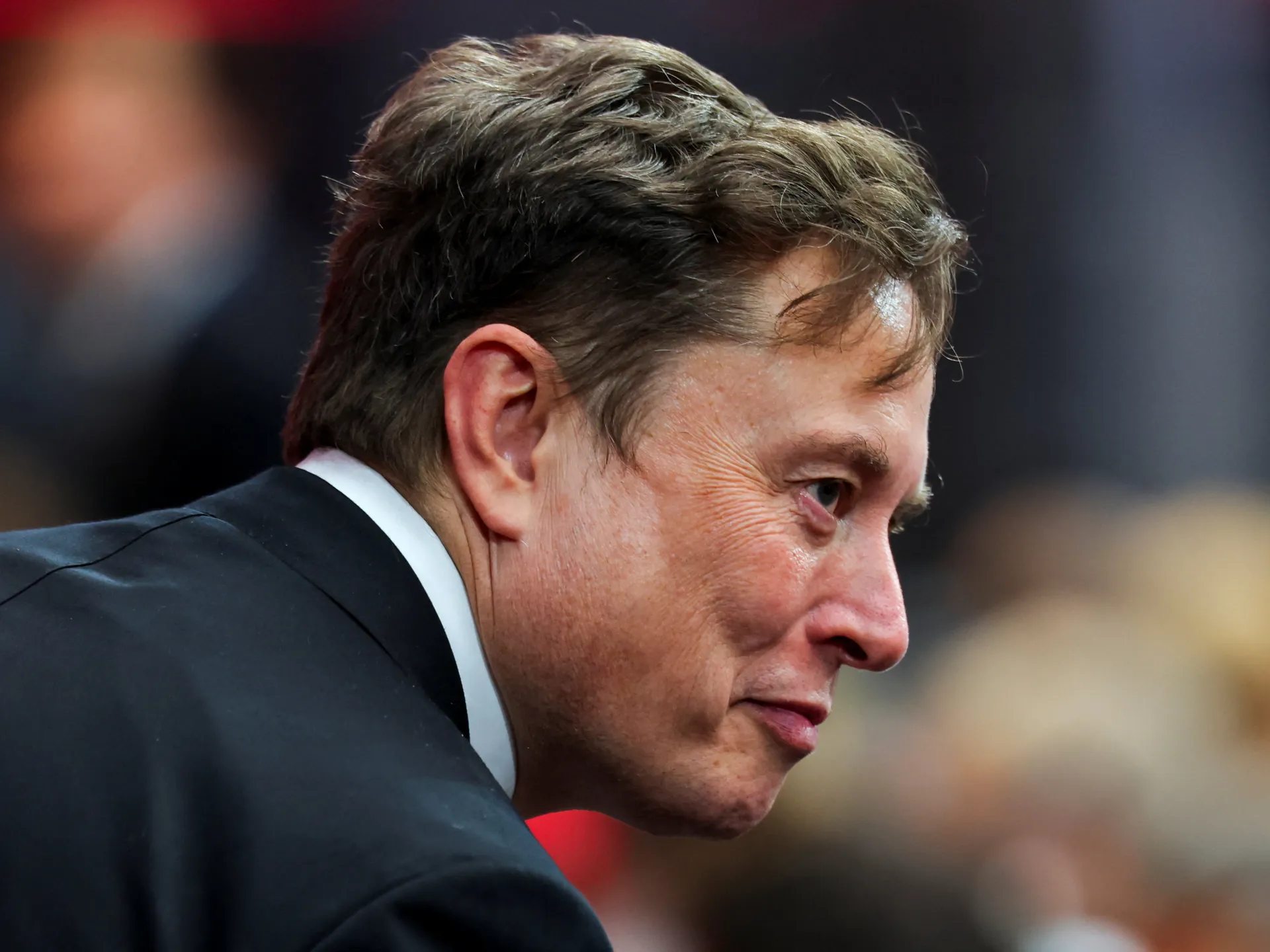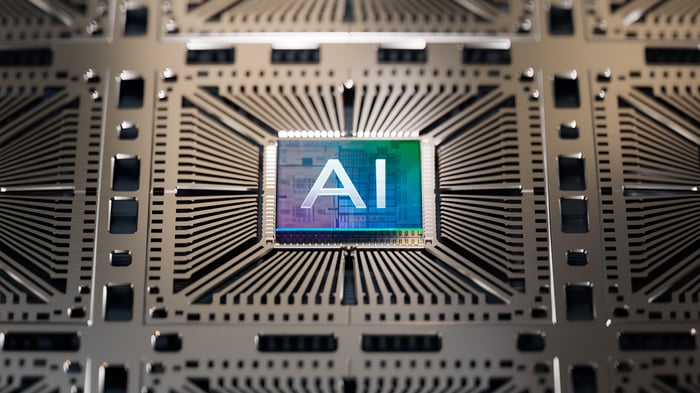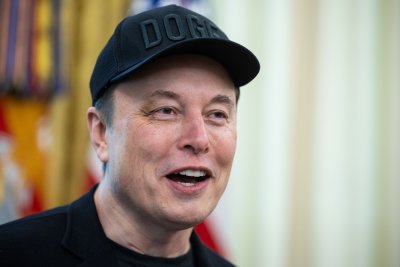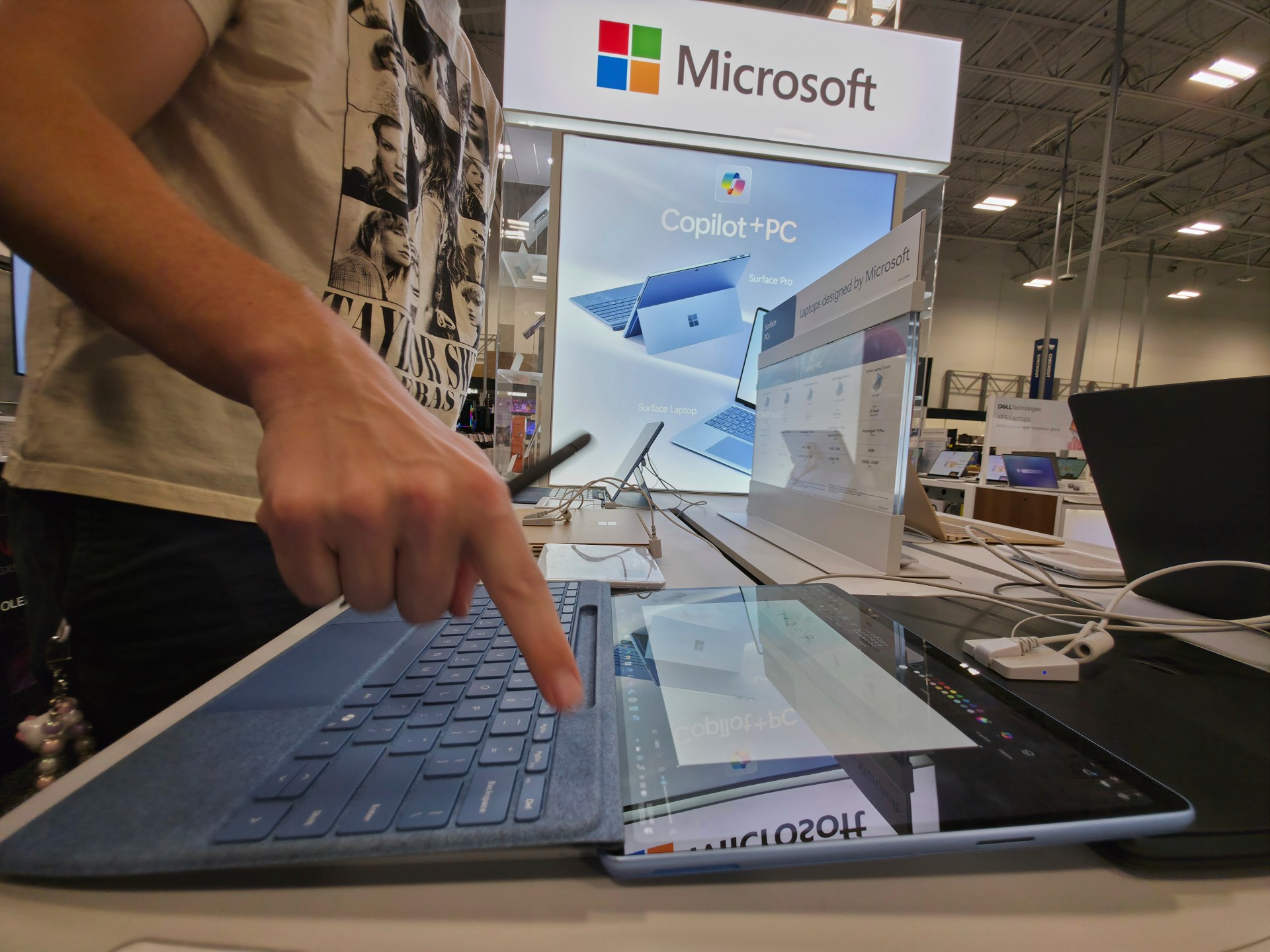Alphabet could become the world’s largest company in the coming years.
Alphabet (GOOGL 1.13%) (GOOG 1.04%) is already one of the biggest companies in the world, but there is no reason to think it couldn’t become much bigger. With a market cap of about $2.8 trillion, it has a real shot at becoming the next $4 trillion stock and possibly the largest company in the world one day.
The recent court ruling that let it keep its search advantages pulled a big risk off the table, and the company now has multiple growth drivers lined up. Let’s look at why Alphabet is set to run higher.
Search advantage stays intact
One of the biggest risks hanging over Alphabet for the past year or so was the Department of Justice’s antitrust case against it. The judge could have forced it to spin off Chrome and Android or end its exclusive search deal with Apple, but that didn’t happen. Alphabet still owns both, and it can still pay Apple and others for default search placement. The only change is that these contracts need to be renewed every year instead of for longer terms.
One of Alphabet’s key advantages in search, as well as in artificial intelligence (AI), is its distribution. Almost 70% of the world uses Chrome, while Android powers about three quarters of the world’s phones. Meanwhile, through a revenue-sharing agreement, Apple’s Safari defaults to Google, helping it reach most of the rest of the world’s population. That makes Alphabet the gateway to the internet, and the judge’s ruling protected that advantage. People don’t often change default browsers, which means billions of users are going to stick with Google Search.
At the same time, AI isn’t taking away from search; it’s doing the opposite. Over 2 billion people are already using AI Overviews every month, and Alphabet just started rolling out AI Mode globally, which lets users switch between traditional search and chatbot-style results without leaving Google. Last quarter, Alphabet saw its search revenue growth accelerate, as AI helped drive queries.
Meanwhile, the company has been at the forefront of AI search innovation, with features like Lens and Circle to Search driving incremental queries, often with a commercial intent. It’s also embedded AI commerce features in its offering, such as Shop with AI, where users can even virtually try on clothes.
Finally, Alphabet has spent decades building one of the most far-reaching ad networks on the planet. From your local landscape business down the street to global powerhouses, the company has the tools to reach any type of audience for advertisers.

Image source: Getty Images.
Cloud is finally breaking through
While Google Search is Alphabet’s foundation, its cloud computing unit, Google Cloud, has become its growth engine. Revenue jumped 32% last quarter, while operating income more than doubled. This segment is now scaling fast, and it is one of the best ways Alphabet is tied into the AI boom.
One of Alphabet’s big edges here is that it’s designed its own custom AI chips specifically for its infrastructure. Its Tensor Processing Units are designed to handle AI workloads within its TensorFlow framework, which gives it cost and performance benefits. Developers are also adopting its Gemini models and Vertex AI platform at a rapid pace, which keeps customers tied into Google Cloud.
Capacity is tight, and Alphabet is spending aggressively to expand. It recently upped its capex budget by $10 billion to $85 billion to build new data centers, and management has said constraints will likely last into 2026. That shows just how strong demand is.
Emerging opportunities
Alphabet also has a set of bets that could pay off big. YouTube is still dominant in online video and pulling more ad dollars from TV, but the real long-term excitement sits with Waymo and quantum computing.
Waymo is rapidly growing its robotaxi service, rolling into new cities and testing in major markets like New York. It may take time, but if autonomous driving takes off and Alphabet can reduce the cost of its robotaxis, it could end up with another giant business.
Quantum computing is even further out, but progress with Alphabet’s Willow chip shows it is moving forward. Reducing errors is the biggest hurdle for quantum computing, and Alphabet is one of the few companies that have made headway in this area.
Still an attractive valuation
While Alphabet’s stock has recently hit new highs, it still hasn’t seen the momentum of many other megacap AI stocks over the past few years. Investors were too worried about the impact of AI on search and the potential risk of the antitrust trial. However, the worst-case scenario with the trial is now behind it, and Alphabet has been demonstrating that it is set to be an AI winner. In fact, after the trial, it has been reported that Alphabet and Apple are getting close to expanding their relationship, with Google’s Gemini model set to power an AI version of Siri. That’s not the sign of a company that is losing the AI race.
Trading at a forward price-to-earnings (P/E) ratio of just 21 times 2026 analyst earnings estimates, Alphabet is much cheaper than peers like Microsoft, Apple, and Amazon. If it were to trade at a similar 30 times multiple on 2026 analyst estimates as these names, it would already be a $4 trillion company.
Given its strong leadership positions in search and streaming, along with its growth opportunities around AI, cloud computing, robotaxis, and quantum computing, there is now no reason why Alphabet may not become the world’s largest company by the end of the decade.















